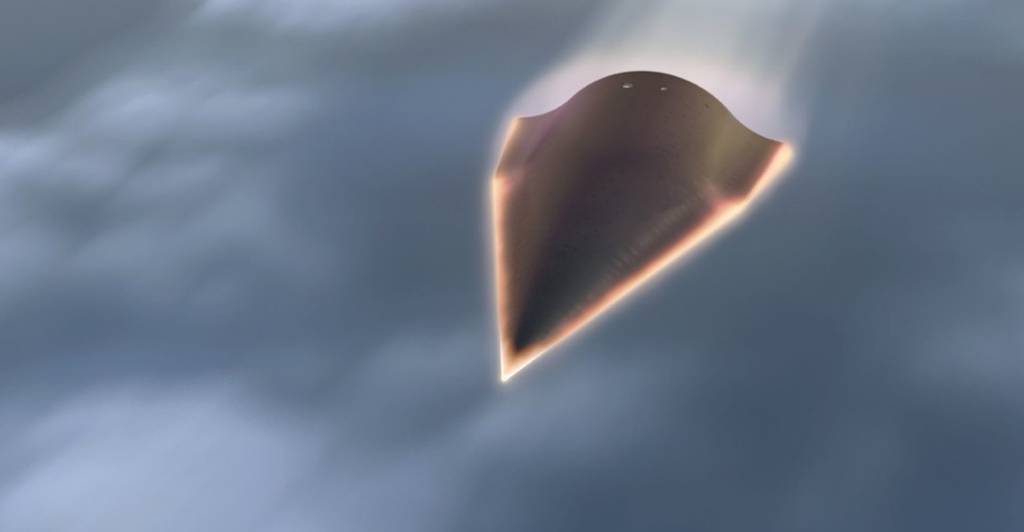The Air Force is seeking to eliminate nearly half of its elite Tactical Air Control Party over the next three years as it continues to retire the legendary A-10 Warthog aircraft.
The special operations job field, referred to as TACP, will shrink to roughly 2,130 positions from its current manning of about 3,700, a 44% reduction in the overall strength, according to a report from Military.com.
The move comes as the Air Force continues to retire the A-10 Warthog, a close-support aircraft in use since the 1970s that became legendary among service members during the wars in Afghanistan and Iraq because of its 30-mm Gatling-style guns that provided devastating air support to troops on the ground.

Members of the Air Force’s elite TACP field are responsible for helping scout the battlefield and coordinate air strikes from the ground, with the A-10 being one of the most common aircraft members of the elite field were tasked to work with.
Rose Riley, a Department of the Air Force spokeswoman who confirmed the cuts to the TACP career field to Military.com, said that there are currently “no plans to retrain TACPs to other career fields in light of the manning reduction, but the Air Force is opening opportunities for those who would prefer to pursue other careers.”
The A-10 platform has endured through several other attempts to retire its use, mostly due to its ability to help protect troops on the ground during the War on Terror. However, as wars in Afghanistan and Iraq drew to a close in recent years, there has been a renewed push to retire what is seen as an outdated aircraft as leaders shift focus to competing with near-peer adversaries such as China and Russia.
The move to retire the A-10 and shrink the TACP career has faced pushback from groups such as Troops-In-Contact, an advocacy of A-10 and other air support veterans who argue the push to eliminate the plane and its support could result in negative consequences.

“If successful, this plan would kill the CAS (Close Air Support) profession and cripple America’s CAS capability,” the group wrote in a statement on its website. “Ground troops would be supported, if at all, by CAS amateurs in a small, expensive fleet of fragile aircraft that are far less effective. In Low Intensity Conflict, that will cost lives.”
According to Riley, the TACP career field will “become even more imperative as the Department of Defense postures toward strategic competition after focusing on counterinsurgency for the last 20 years.” The spokeswoman added that the current manning for the TACP field is currently at 80%, and that cuts to the available jobs would start with the unmanned 20%.
Air Force Chief of Staff Gen. Charles “C.Q.” Brown, who is currently in line to become the next chairman of the Joint Chiefs of Staff, said earlier this year that he expects the A-10 to be completely retired by 2028 or 2029, according to Military.com. In its place, Brown believes the F-35A Lightning II will be capable of providing CAS in the future.
“I would say over the next five or six years we will probably [have] the A-10 out of our inventory,” Brown said. “The A-10 is a great airplane. It’s a great airplane in an uncontested environment. The challenge is we’re going to be in more contested environments in the future.”
SOURCE: https://www.foxnews.com/us/elite-air-force-operators-brace-uncertain-future-pentagon-pulls-plug-on-a-10-warthog-fleet



